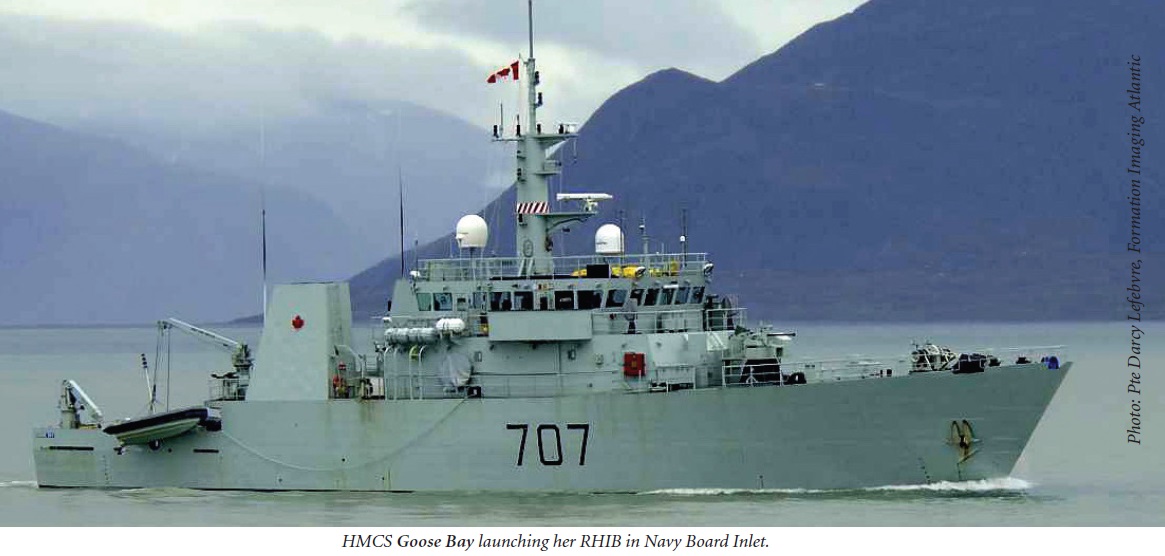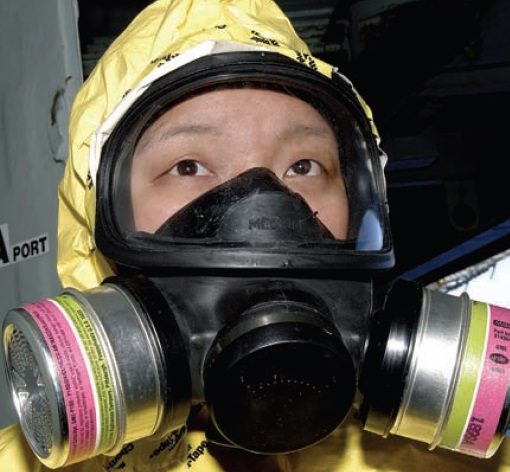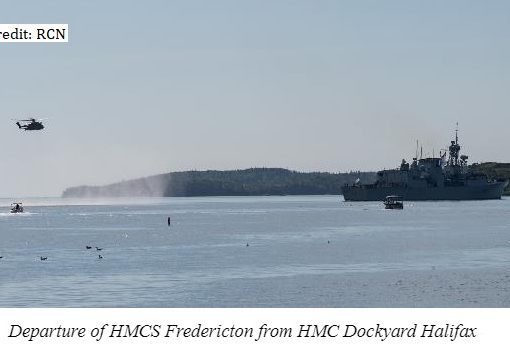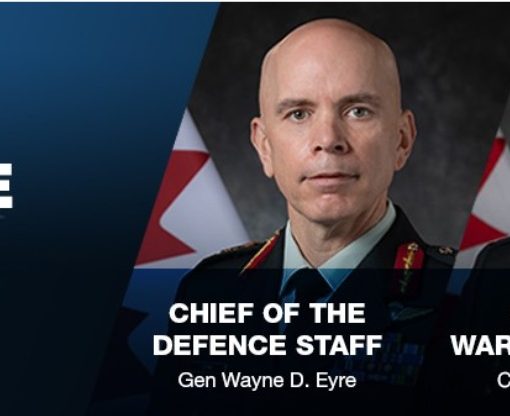[*This article was original published in the April 2013 issue of Marine Matters. It is reprinted here with the permission of the publisher, Mr. Aldert van Nieuwkoop.]
When partnerships work, they are beneficial to both parties. As soon as one feels aggrieved, the partnership is in jeopardy. The relationship between the ‘regular’ and ‘reserve’ branches of the Royal Canadian Navy has been unhappy at times, grudgingly respectful at others. Right now, they are at a crisis point that could lead to a divorce. The only thing they share in common is the uniform: otherwise, practically everything else is different.
This naval relationship has changed greatly over the years but the reserves have been the ones doing most of it. In 1922, MacKenzie King’s new Liberal government slashed military spending and cut the naval budget by 40 percent, reducing the number of sailors by 60 percent. With just six small ships, Admiral Walter Hose was concerned about outright eradication. He came up with the idea of a ‘people’s navy’ that citizens could join to bring the naval message inland. No one got paid, not even for uniforms, and it was all done in the usual Canadian way: on the cheap.
It may have been a bare bones operation, but it was national with units formed right across the country and it did create the base for the massive expansion of the navy during the Second World War. Generally, reservists were assigned functions that were viewed as secondary to the regular force: amphibious operations, minesweeping, merchant ship inspection, port control, manning of minor warships for patrol and escort, and a wide variety of logistical duties. The advantage was the regulars could concentrate on gaining the proficiencies for modern naval warfare that they clearly lacked: the downside was that a lot of wartime experience was never codified into doctrine and was lost when conflict-only reservists returned to their civilian lives.
The post-war doldrums saw the reserves without a clear mandate. They retained some of their wartime specialties but were viewed mainly as a mobilization resource. Training a couple of nights a month plus two weeks in the summer were enough to learn seamanship and basic trade knowledge. The organization had the distinctly casual atmosphere of a country club. One reserve commodore infamously insisted that members’ duties had to at least rank above their golf game. A fortunate few reservists could sail in regular naval ships but quickly found that their part-time training did not prepare them for the rigors of Cold War anti-submarine work with the ‘pros’. Reservists typically arrived onboard with too much rank and too little experience.
The current concept of the naval reserve dates back to the 1980s, when they were massively restructured and reorganized in an effort to deliver functional capabilities, including: route survey and mine clearance, harbour defence and naval control of shipping. Unqualified sailors or those with qualifications that were no longer related to the primary functions were purged. It was a whole new lease on life and the start of a new relationship with the regular navy. That all started to unravel when the Cold War ended.
The twelve Kingston-class ships were to have been training platforms for a group of about ten minesweepers and minehunters that would bring our reserve navy into functional alignment with other NATO navies. When peace broke out, the ‘real’ mine clearance ships were cancelled and the regular force navy assigned the Kingston-class ships a new function: coastal defence. Never mind that the ships were not designed or built for such a job, the regular navy could once again pass off tedious sovereignty patrols and concentrate on what they viewed as more important work.
The reserve ships had the inestimable advantage of being far cheaper to operate than destroyers, frigates or submarines, which saved them from the scrap heap. Reservists on contracts could make between 85 and 100 percent of a regular sailor of the same rank. Pension and health benefits were also improved. The problem was the ships were not being used for their original designed purpose and stories of their atrocious behaviour in rough weather are legend. Reservists refer to being in a storm in a Kingston-class ship as “soul sucking sailing.” Moreover, a schism opened between part-time reservists across the country and the full-time reserve sailors in their ships. The naval relationship was showing obvious signs of stress.
At the Dalhousie Maritime Security Conference in Halifax in 2010, then-Commodore Mark Norman, the recently appointed commander of the RCN, made some stunning declarations about the naval reserve. He said “the concept of the naval reserve has run its course,” … “regular force sailors are averaging 89 days at sea per year, reservist are averaging 150” and “the regular force broke the reserve: they cannot be sustained.” So now what?
Several things have been changing for the naval reserve but they have been happening with little fanfare and no public discussion. Education reimbursements for students, which make up the majority of reservists, have been cut. Old tasks have been dropped from the list of their duties. The ‘new’ concept has gone back to integrating reservists into the crews of all naval ships. None of this explains how reservists are to fit the extensive regular force training into their part-time naval lives in order to be included in the “One Navy,” a mantra that has sprung up in recent months.
It’s hard to understand how the new navy will overcome the relationship challenges of the past, but they are still there and remain unresolved. The ‘people’s navy’ that Admiral Hose created is now embodied in the regular navy. Despite the return to the anachronistic old name, the Canadian navy of today is not a mock imitation of a British ideal. The days of using reservists for coal shovelling and shell handling manpower are long gone. Will the naval reserve face cuts as the next round of defence reductions materialize? I imagine that the one-sidedness of the naval relationship will see the reserves ‘taking one for the team’. Watch out for the fireworks – this could be a messy divorce.





